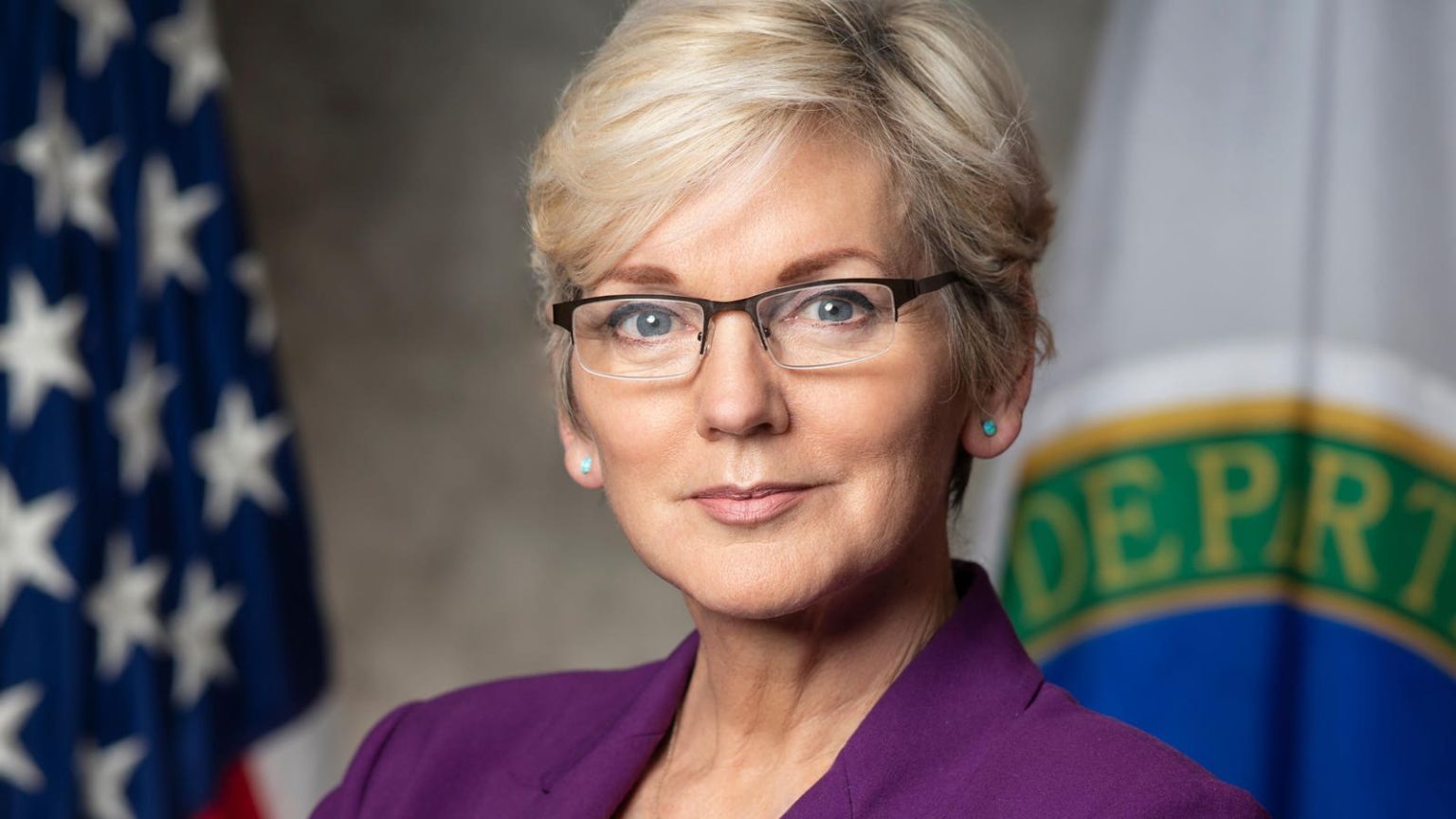Jennifer Granholm, the former Michigan governor and current Secretary of Energy under the Biden administration, is leading the charge in transforming the Department of Energy into a catalyst for America’s clean energy future and new job creation. With access to billions of dollars from energy and infrastructure legislation, Granholm aims to deploy over $110 billion for greener, less carbon-intensive forms of energy as quickly as possible. This urgency is inspired by the administration’s goal of achieving net zero emissions by 2050 to combat the effects of climate change.
The Bipartisan Infrastructure Law and Inflation Reduction Act have set aside the most funding for clean energy in U.S. history, with approximately $50 billion already doled out to over 1,000 projects. This has spurred over $60 billion in matching private capital investments, further propelling the growth of clean energy initiatives. Companies like Walmart and Amazon are also increasing their adoption of clean energy technologies, such as solar power installations and electric delivery fleets, in response to these new funding opportunities.
Despite the progress made, the U.S. still has a long way to go in achieving its climate goals. However, Granholm cites the rapid growth of solar power and battery storage as early successes. Solar installations have doubled over the past four years, reaching a record 11 gigawatts in the second quarter of 2024. Batteries, charged by wind and solar power, have seen exponential growth, with the capacity reaching 20 gigawatts by July 2024. These advancements are crucial in transitioning to a cleaner and more sustainable energy grid.
The Department of Energy’s current trajectory harkens back to its origins in 1977 when tasked with finding alternative energy sources amidst oil crises and nuclear power disasters. The Obama administration amped up Energy’s role with loan programs for clean energy initiatives, with mixed results – successes like Tesla and failures like Solyndra. To combat the climate crisis, some believe DOE needs to take more risks and move faster in allocating funds to promising cleantech projects.
Granholm’s background as a naturalized U.S. citizen with experience as governor of Michigan during the Obama administration gives her unique insight into the importance of federal support for domestic manufacturers. The infrastructure and energy legislation passed under the Biden administration aims to reverse the trend of job loss and factory closures in the U.S. More than 800 clean energy-related projects have already benefitted from these funds, creating a domestic supply base for components of clean energy technologies like batteries, solar panels, and wind turbines.
As the clock ticks on the climate crisis, Granholm and the Department of Energy are under pressure to act swiftly and decisively in deploying funds for clean energy projects. With the support of federal incentives and private investments, the U.S. is poised to lead the way in transitioning to a cleaner, more sustainable energy future. Granholm’s vision for a robust clean energy supply chain in the U.S. aims to reduce reliance on foreign sources and create a competitive advantage in the global clean energy market.


